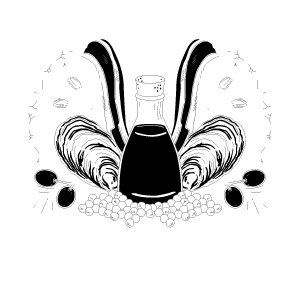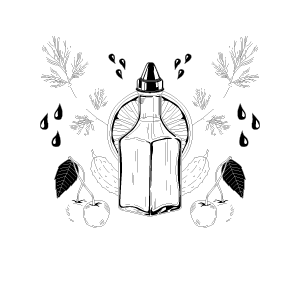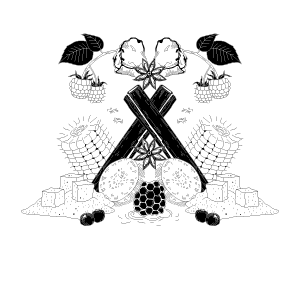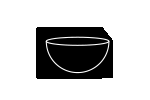We live in a media saturated world where food has become fetishized. But food, and the rituals that surround its production and consumption, is central not only to human survival, but also to how we engage with each other and live meaningful lives. The Omnivore’s Feast invites users to rediscover their personal connection to food. It’s also a design and cultural probe developed for user research. This touch-interactive experience presents users with an unending visual feast of dishes from food cultures around the world. Users can drag and drop select dishes into their personal learning area to discover interesting things about each dish.

Each of the dishes have several key ingredients associated with them which can be explored in the user learning area.
Each of the dishes have several key ingredients associated with them which can be explored in the user learning area.

User session analytics generate a snapshot of the dishes explored in the form of a creative digital artifact – a feast profile – which can be used in further qualitative research and also as a memento for users.


Do you prefer salty, sour, sweet, bitter, or umami tastes? A taste profile graphic is displayed to the user based on data from the dishes explored during their session.












A series of animated graphics depict the main ingredient/protein of each dish.















A series of animated graphics depict how each dish is typically eaten.


















The main preparation or cooking method of each dish is illustrated by a series of animated graphics.












Each dish has a key flavour video associated with it. These videos are displayed every time a user drags a dish into their learning area to visually convey the sensation of an explosion of flavour.
Fifty iconic dishes from around the world were chosen for inclusion in The Omnivore’s Feast. The dishes are inspired by and represent the diverse cultures found in the Greater Toronto Area. Food photography of the chosen dishes was carefully researched to understand typical plating presentation and serving size.


The interactive graphics of the user interface were designed with a minimalist black and white line-art style to provide clear visual distinction from the rich complexity of the feast dishes.
The table runner patterns were designed to represent ten of the world’s most popular food regions. Research into each region’s visual arts, textiles, and ceramics history inspired the illustrations chosen for creation.